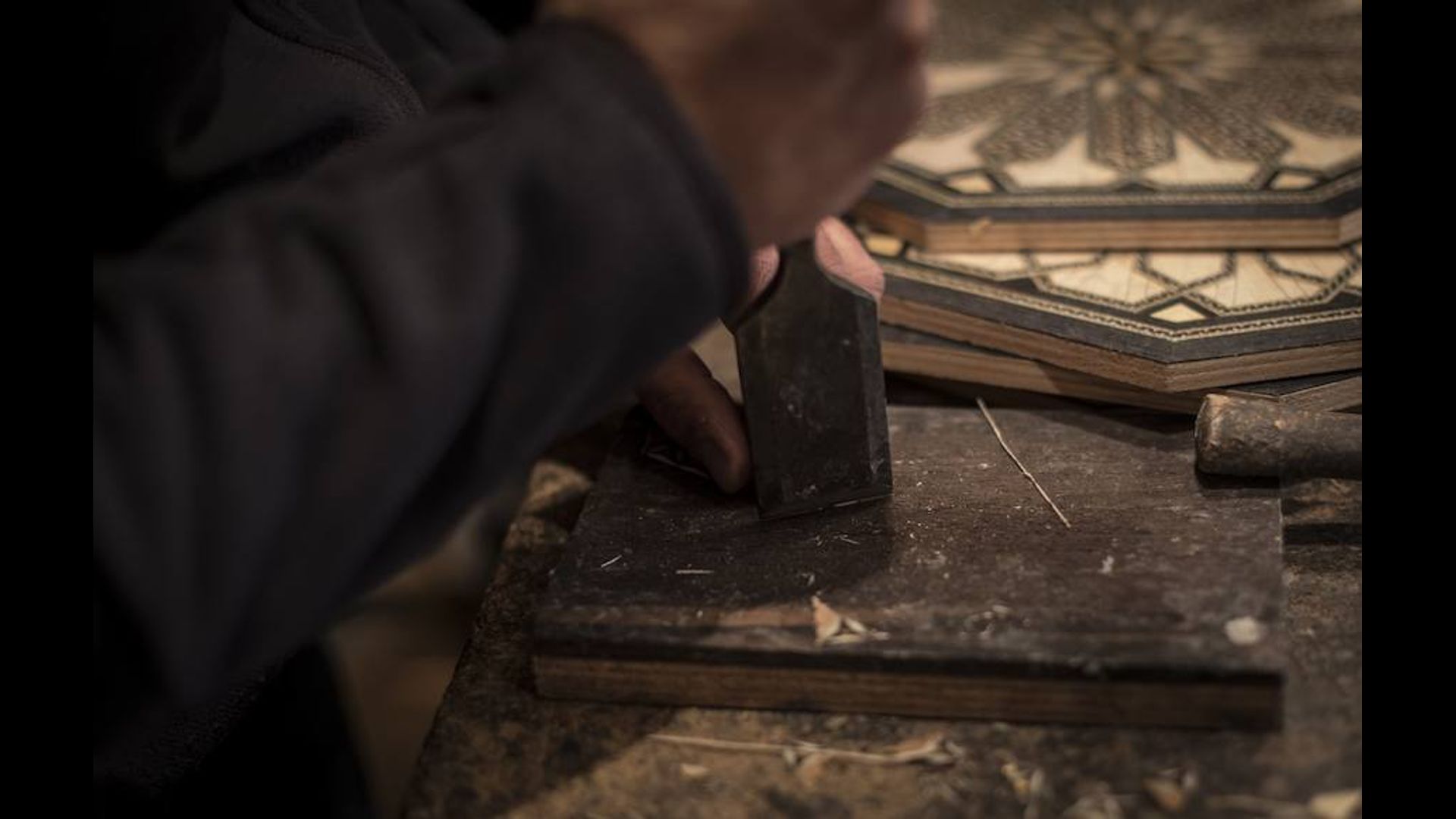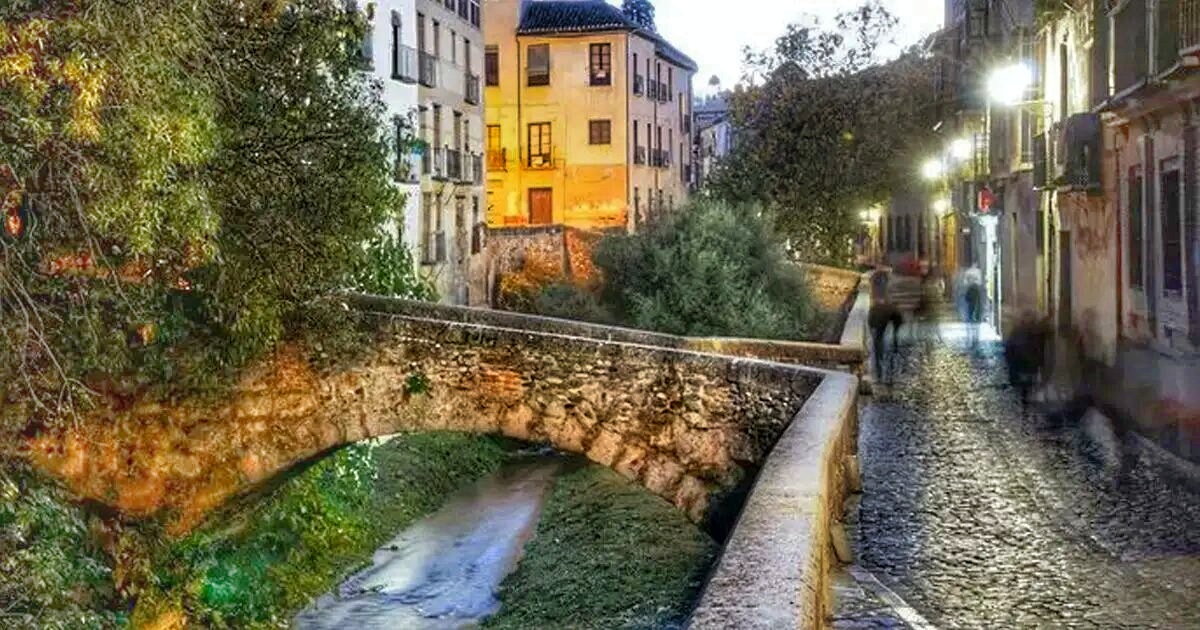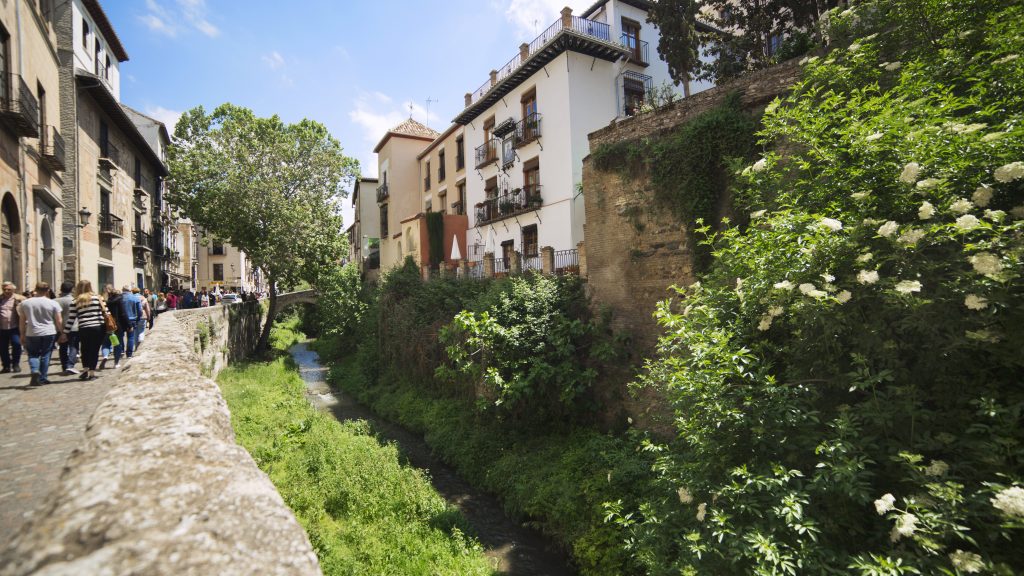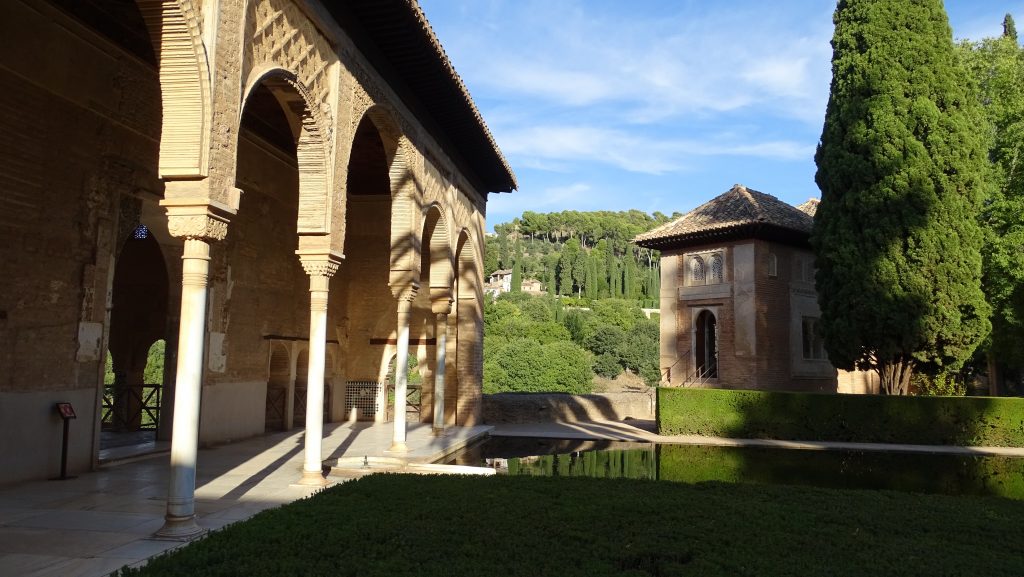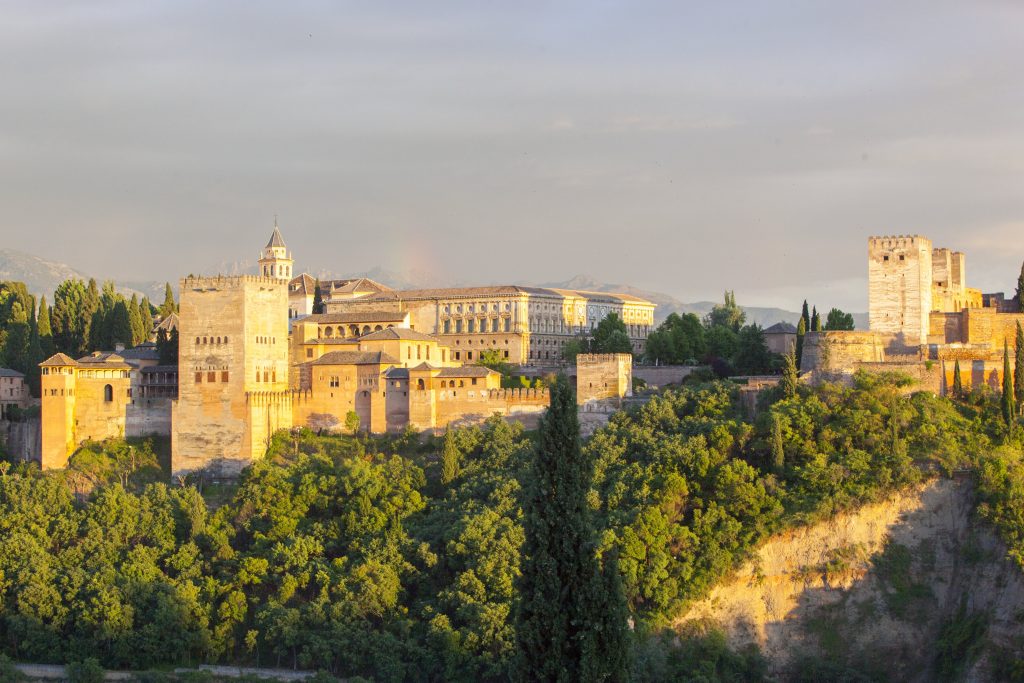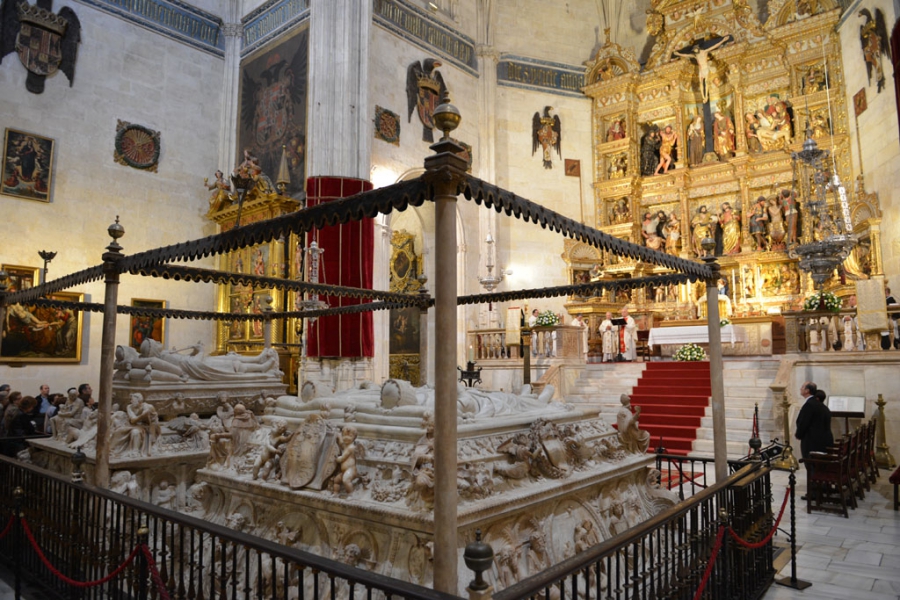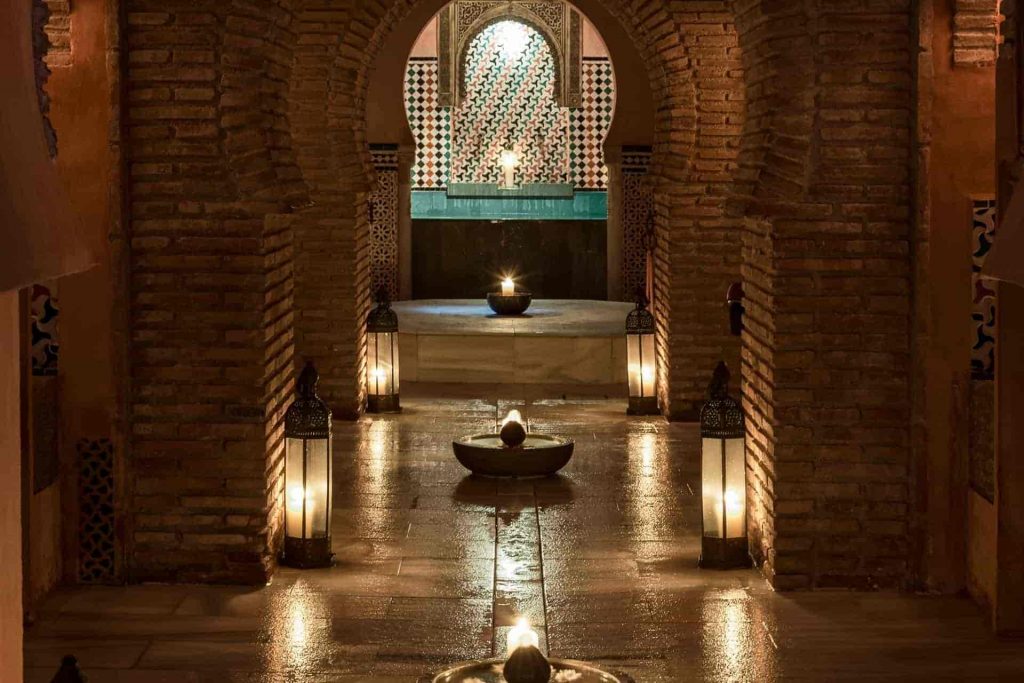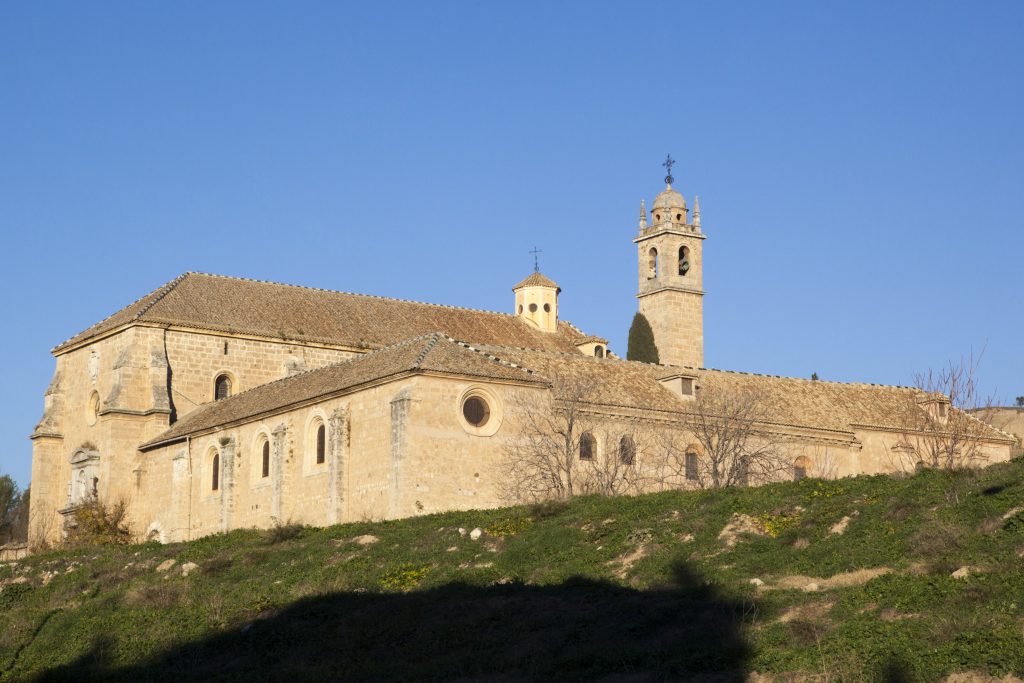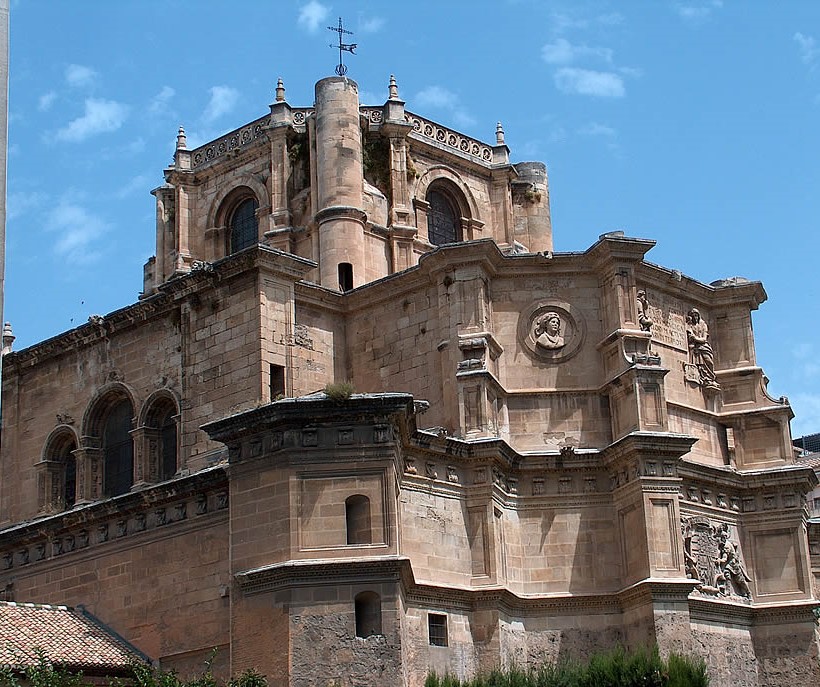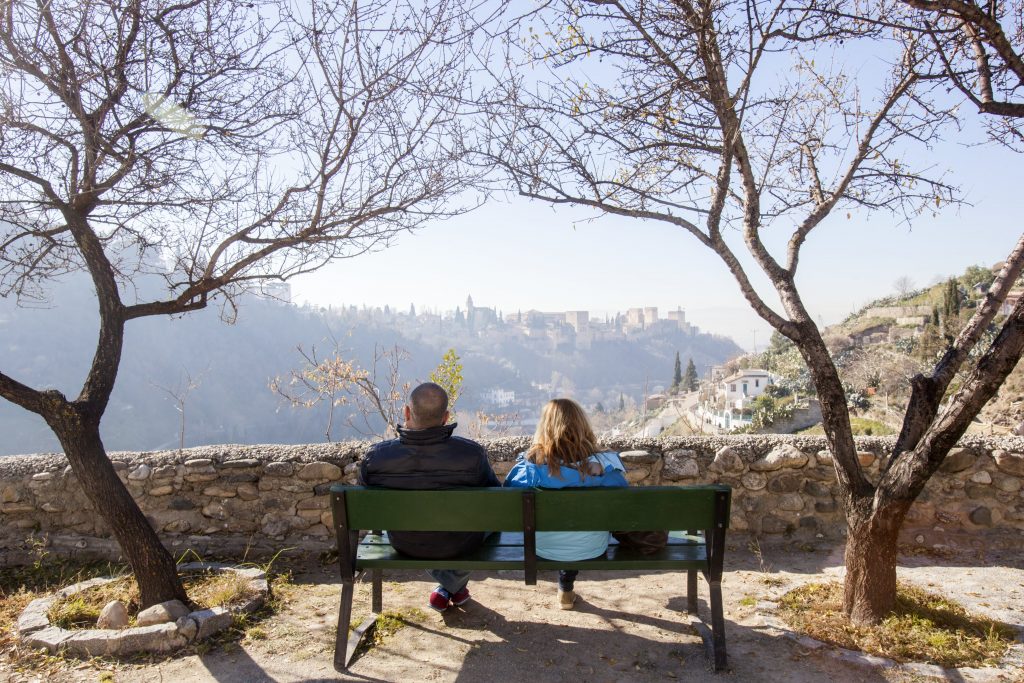The city of Granada, since time immemorial, has stood out for its crafts, being a reflection of the different cultures that have passed through throughout history, leaving an important legacy of artisans in the Alhambra and Granada.
One of the most deeply rooted cultures in Granada was the Muslim Nasrid, as is the case with inlaid, fajalauza pottery or the quality of its luthery, to mention some of the most relevant trades.
This mixture of cultures has given rise to a multitude of artisan trades reflecting their traditions, customs and versatility.
Taracea
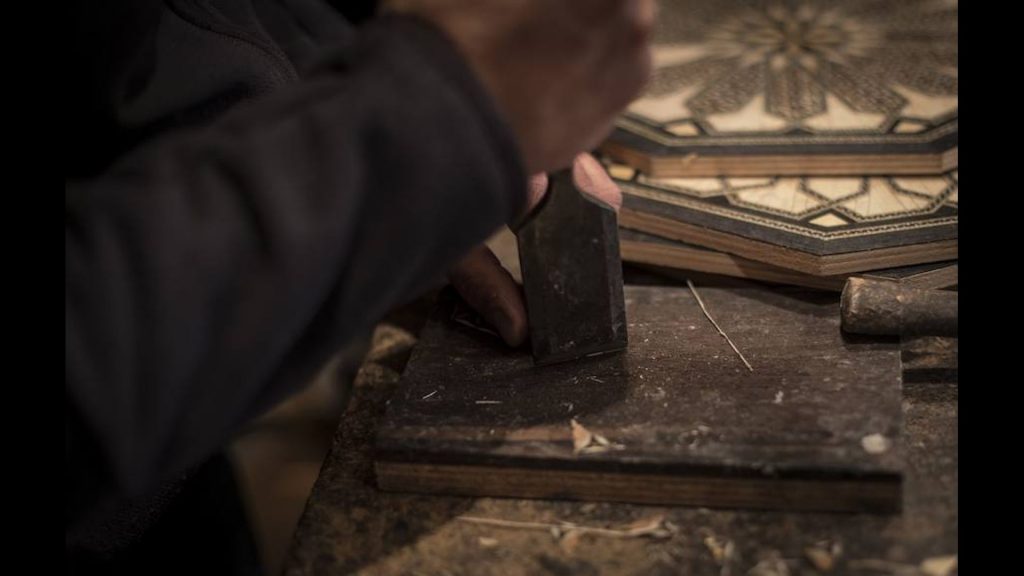
- The taracea (a marquetry technique) is the Granada handicraft that best represents us, as it reflects the influence of the Alhambra.
- The name comes from the Arabic word Tarxia, which means inlay.
- This technique consists of forming geometric figures or stars by embedding in the wood various types of fairy woods such as mahogany, ebony, palo santo, walnut, fruit tree woods, as well as bone, silver and metals.
- The designs are the same as those used in the 14th and 15th centuries to decorate furniture, ceilings and doors in the Alhambra.
- There are two types of finishes for the pieces, the traditional “crankpin” which is matte, and the polyester with gloss.
- Today this technique still exists in only two places in the world: Damascus and Granada.
- We this technique we can find jewelers, music boxes, trays, furniture, frames, trunks, chess boards and other more modern items such as magnets and ham holders.
Fajalauza pottery
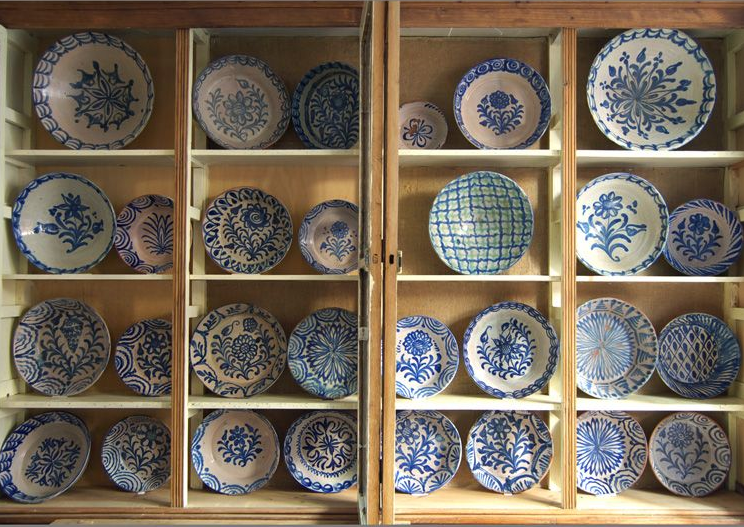
- Granada pottery is of Moorish origin.
- The name Fajalauza comes from one of the gates in the old Granada wall that protected the potters’ neighborhood in the Albaicin.
- It has reached our days characterized by its green and blue colors.
- Also known for decorations and plant motifs such as birds and the presence of the pomegranates as a symbol of the city.
Manila Shawls
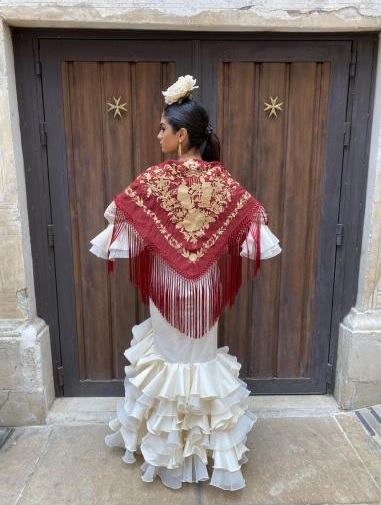
- The origin of shawls dates back to 600 BC. when Chinese women of upper classes wore this kind of shawls.
- In Andalusia, as in Seville, Cordoba and Granada, floral motifs are the best known.
- The shawls stand out for the embroidery of the rose and in Christian symbols it refers to the Passion of Christ. In Granada, on the Corpus Christi Festival it is very common to see women dressed in shawls.
- As a general rule, shawls are made of natural silk, although we can find another material such as crepe. There are many traditional shops in Granada that elaborate Manila shawls.
- The shawl is more beautiful with the fringes, it is usually made by hand, even in those shawls that are machine, the work of this consists of knotting natural silk threads.
Mantillas
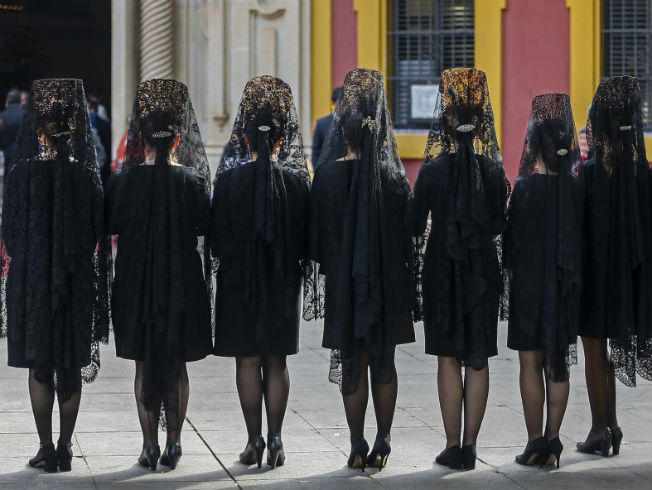
- The mantilla is a piece of tulle embroidered with a very fine thread, which is the one that is filling in the drawing that is outlined in the tulle.
- As a general rule, the decorations of the mantillas usually have floral motifs.
- The hours of work to make a piece of craftsmanship of this level are many.
- The ladies who have spent their whole lives embroidering mantillas in Granada often have eye problems, losing sight and suffering from tired eyesight.
- It is increasingly difficult to find authentic Spanish mantillas made by hand, because fewer and fewer people want to dedicate themselves to this trade, but in Granada we can still find traditional artists who enjoy the personal satisfaction of making these garments so that family and friends wear them on the most special occasions.
Guitars

- Granada is where the largest number of leading guitar masters in the world can be found.
- Great figures from Granada related to guitar making are geniuses of the stature of Andres Segovia and Angel Barrios.
- The Granada school, along with the Madrid school, is the best in the world: the best world stars who interpret music want their guitars to be made in Granada, like Sting for example.
- Today Granada and Madrid are, without doubt, the guitar capitals of Spain.
- There is no other place in the world where so many good guitar makers can be found as those who occupy the workshops of Granada.
- The construction process begins with the selection of the wood and ends, after months of quiet effort, in the hands of the most important guitar players in the world.
- Even the climate affects the production of the guitar and apparently the one we have in Granada is ideal for its construction.
Moroccan leather goods and crafts

- The artisan trade of leather goods also has a wide range of shops in the city, many of them can be found in the Alcaicería de Granada, a souk full of shops and in Calderería street, better known as Calle de las Teterías (Street of Teahouses), even in the ascent of the Alhambra by the Gomerez street.
- In addition to tea shops, restaurants and pastry shops with delicious Arabic sweets, it is full of shops with artisan products, most of them from Morocco such as leather bags, clothes, lamps, jewelry and costume jewelery, souvenirs …
- In the lower Albaicín there are several artisan shops where you can find this product, which recalls the Andalusian Granada.
Back combs
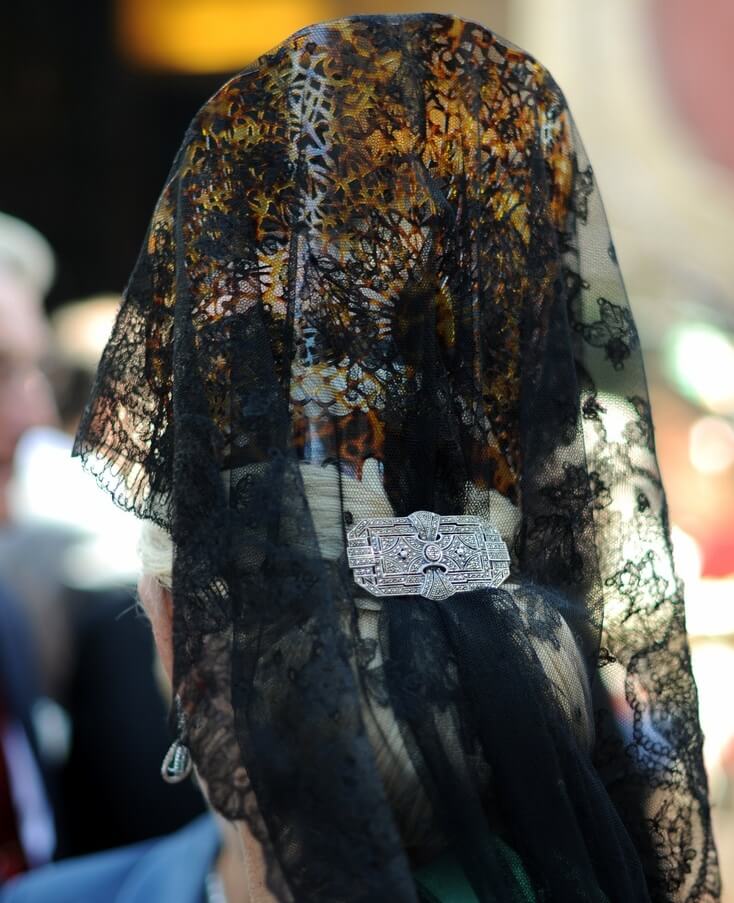
- The comb or tile is the main complement of the mantilla.
- Its use became widespread in the last century because it favored and somehow dressed women’s face.
- Bullfighters used them (in a smaller size) to gather the ponytail, since at that time the bullfighter wore his long hair gathered in a braid that rolled and held the comb. In Granada, during the Corpus Christi festivity, bullfighters can be seen with the comb during the bullfight.
- Originally, the combs or tiles were made with Hawksbill turtles, but to avoid the total extinction of this species, shell combs began to be replaced by others made of synthetic materials.
Figures for Nativity scenes

- The custom of representing the birth of Jesus Christ with figures originated in the Middle Ages.
- The first Nativity scene is due to Saint Francis of Assisi, who in 1223 celebrated Christmas mass in a cave in Italy.
- Carlos III was the one who brought this tradition from Italy to Spain since he had been King of Naples.
- The Alcaicería de Granada is a typical neighborhood of Muslim culture, formed by narrow streets around which houses were lined and the souk or market where silk was manufactured and sold was located.
- Nowadays, in addition to being a tourist reference point, you can find an infinity of Arab handicraft products, remembering and taking the visitor to the streets of the Arab bazaars and you can even meet the artisans who still create the Nativity Scene figurines so many years after their first elaboration.



